For crate diggers, vinyl junkies, and music lovers of all kinds, Record Riots! is more than just a record sale – it’s a paradise of sound.
Record Riots! is a series of large-scale vinyl record sales and music-related events that take place periodically in various locations, primarily in the northeastern United States. These events serve as a major attraction for vinyl collectors, music enthusiasts, and casual shoppers alike.
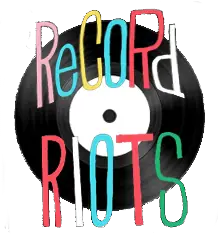
While the “Record Riot” concept had its roots in John Bastone’s hosting of record shows in Waterbury, Connecticut (later to morph into the Cromwell show) with the help of Stephen Gritzen, the first real RECORD RIOT took place on June 29, 2008, in Brooklyn at the Polish American club Warsaw, located in Greenpoint.
The world was way different way back then, as Brooklyn did not have its own regularly scheduled record show (save for DJ Shakey’s vinyl events and the intermittent Southpaw record show), and the Brooklyn Record Riot made quite a mark, with over 900 frantic attendees on that June afternoon. The club was packed – too packed, that was the complaint – but everyone drank Z beer, made serious loot, and had a ball. Yes, things were just getting underway.
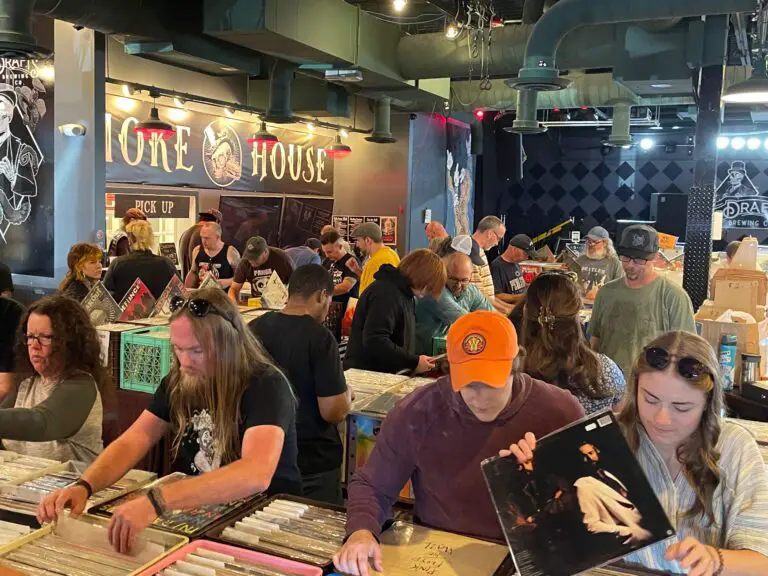
Now, it’s more than 15 years later, and RECORD RIOT has added (and subtracted) multiple shows to the Record Riot playlist. They’ve experimented with many different locations and formats, moving on from some ideas (Trumbull, CT), keeping some locations “on hold” (Leesport and New Hope, PA), dreaming about other show ideas (Philly), but Record Riots now has a solid base of quality record-buying events, ranging from Central Connecticut to Jersey City, up the Hudson River to Albany and west to Buffalo – and now far south to Richmond, Newport News, and Chesapeake, VA.
While most record shows may seem the same from the outside, so do most dry cleaners or law offices – and clearly, there are differences in those businesses.
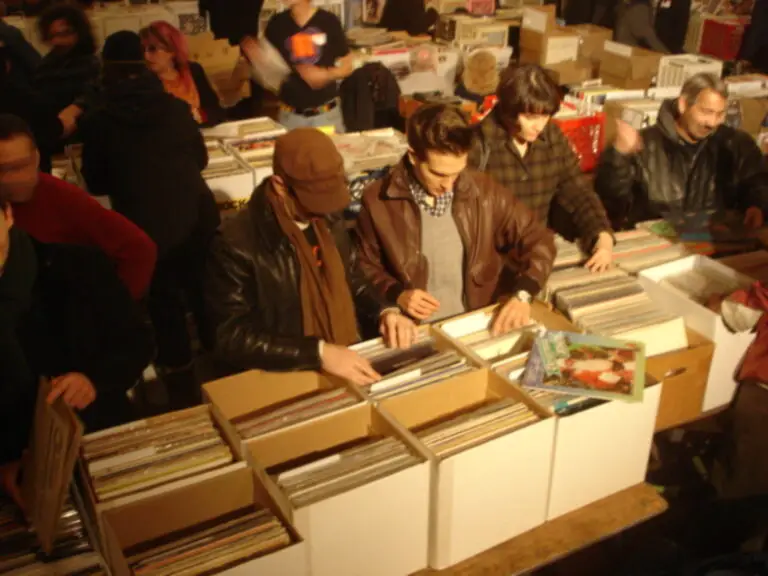
Record Riots exist where the interests of the customer and the dealer intersect, and it must work for both parties. The location has to draw customers, the dealer has to make money, and it must be fun. If these three things don’t happen, Record Riot eventually shuts down the show, even if they could make some money by continuing. Because they are customers and dealers also, there are other things that you could be doing with your time and energy, other places to sell your records.

Record Riots listens to everyone and never assumes that they know everything. They try to provide quality dealers, great music, and the proper ambiance for record shopping. And how many late-night phone calls have they had: “So-and-so really wants to sell. Can we squeeze him in?” or “We better get there early to set up extra tables.” or “Let’s get that great local DJ for the show.” Record Riot does its absolute best in personal relations, promotion, advertising, and with interesting locations and venues.
NYS Music had a conversation with record dealer and collector (and occasional contributor) Ross Marvin about his record dealing and collecting origins, community experiences, personal favorites, and more.
Daniel Joffe: What was the very first record you remember buying?
Ross Marvin: Since I was a kid in the late 80s and 90s, I was basically buying CDs if I went out to a store, but records were always around my house and I particularly remember staples of my parents’ collection like Sgt. Pepper’s Lonely Hearts Club Band, which I just spun over and over and over before I was even in kindergarten. There was also Steely Dan (dad’s favorite) and Carole King (mom’s favorite) and a ton of other stuff that opened my ears since my parents were both classical musicians. I also went to a lot of garage sales looking for toys as a young kid, baseball cards as a tween, and then looking for records in my teenage years. A great teenage find at a garage sale was a local 70s band from Troy that played Allman Brothers-style classic rock called “Rough Road” by Tree Fox. I’d call that one a Capital Region private press essential.
DJ: Was there a specific album or artist that kicked off your interest in collecting and dealing records?
RM: I’m basically just a seeker who has new obsessions and influences all the time. As a kid, there was a Beatles phase, a Zeppelin phase, and a huge interest in 90s bands like Pavement and Guided By Voices and Wilco. I had a college rock obsession where I collected every R.E.M. and Husker Du and Replacements record. In the past ten years, I’ve primarily sought jazz records, mainly hard bop, a lot of Miles Davis, and 50-plus Sun Ra records.
DJ: How do you know when a record is worth buying?
RM: I feel like hardcore collectors and dealers look for popular titles that sell easily and are in good condition. In the record world, the Goldmine grading system is king and the VG+ cover/VG+album is kind of the sweet spot for selling something collectible at a record show. But many other dealers are incredibly successful selling cheap player copies of records because people like buying an armload of records without spending a ton of money. That said, people like me don’t tend to be working off a lot of lists. Record covers can give you an instinctual feeling that the music will be cool or conversely that it will be pretty lame. You develop a kind of sense over time for evaluating the titles you’ve never seen before and even after many, many years of digging through collections, I see records every day that I’ve never seen before. It’s just endless.
DJ: How has the vibe of record-collecting culture changed since you started?
RM: I’m certain that a combination of YouTube’s vinyl community, social media, and sites like Discogs and eBay have all contributed to greater popularity and also increased prices. When I was young records were cheap which was a big part of the appeal to me. That certainly isn’t the case now and a lot of the records I am chasing both for myself and for my customers are coveted by a lot of people. It definitely seems like people who got into the hobby over the pandemic have sort of graduated from buying reissues to looking for original pressings. New/sealed records are pricey and the original pressings market continues to be pretty strong. I do believe in 2025 a number of reissues that kind of flooded the market in the early 2020s will be traded into stores or emerge as relatively cheap records for consumers to buy on the second-hand market.
People want quality sound with records and once they get beyond the initial stage of just buying any pressing they tend to want either an original pressings market that is closest in sound to the master tape or one of the many audiophile pressings now available and in print because of the record resurgence. I am thankful that the record shows we’ve had thus far in 2025 are filled with new buyers who maybe just got their first turntable. For a lot of casual listeners, it might be about collecting a favorite artist, reclaiming some of dad’s or grandma’s records that they grew up with, or just a rejection of algorithm culture and an embrace of actually owning something, reading the liner notes, and appreciating the sound quality.
DJ: Living in an era dominated by streaming, do you think vinyl is still making a comeback – and does it still matter to music culture?
RM: I think a good sign that vinyl holding steady is that many artists are interested in releasing their new music on vinyl as the primary form of physical media now, outpacing the CD. Certainly streaming is efficient and a great way to listen to something before you spend $30 for a record and I’m not anti- any format. I have a Spotify Premium subscription and I used it today to listen to the new Bob Mould record. I ended up liking it so much that I ordered a copy of the record. I like doing that and I know I’m not the only one who picks up physical copies of records to support a living artist.
When I go to shows, I want to buy records at the merch table, and in recent years, I’d say most of the bands I see have LPs for sale – that wasn’t necessarily the case a decade ago. I would argue that social media and the internet actually fuel record collecting or at least work symbiotically with it. You can just teach yourself everything about record labels, pressing details, and obscure records. When I started collecting I had dial-up internet and just tried to learn from others or ask record store owners questions. Now I’ve met people far younger than me who know at least as much as I do because of what they have taught themselves about records online. It’s really impressive and meeting young people like that gives me hope that record shows and the hobby are here to stay.
DJ: What’s an underrated album that you think more collectors should know about?
RM: I could answer this a million different ways, but today I will say Bobby Charles’ self-titled album (1973 Bearsville Records). This was recorded in Woodstock, he’s backed by members of The Band, and it has the best summertime vibe going (listen to “I Must Be in a Good Place Now” to see what I mean). Just laid back, funky, and cool all at once. Great songs, funny lyrics, and two incredible photos of Bobby on the front and back of the album. On the front, he’s under a shade tree playing with what looks to be the friendliest dog ever. In the photo on the back, Bobby is sinking his teeth into a giant hunk of watermelon. That’s what this album is, a slice of summer watermelon that pretty much everyone likes.
For more information, visit recordriots.com.
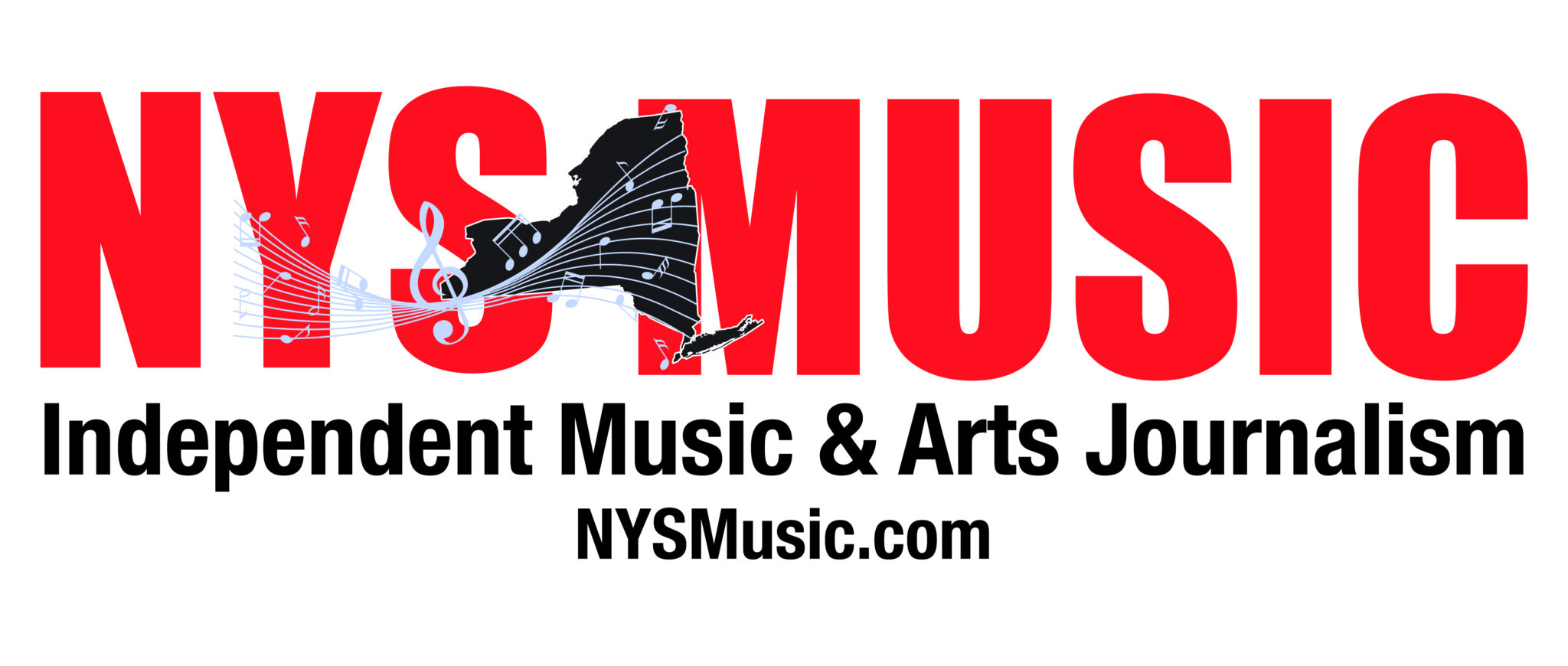
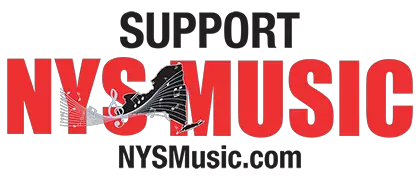
Comments are closed.